Market Analysis
In-depth Analysis of Iron Ore Mining Market Industry Landscape
The market dynamics of iron ore mining are influenced by a complex interplay of factors that shape the supply, demand, and overall trends within the global mining and steel industries. Iron ore, a key raw material in steel production, holds a significant position in the mining sector. Understanding the market dynamics involves examining elements such as economic conditions, steel demand, technological advancements, geopolitical factors, sustainability considerations, and competitive forces.
Economic conditions play a pivotal role in the market dynamics of iron ore mining. The demand for iron ore is closely tied to the health of the global economy, particularly the steel-intensive construction and manufacturing sectors. During periods of economic growth, there is typically increased demand for steel, driving up the need for iron ore. Conversely, economic downturns may result in reduced steel production and a subsequent decrease in iron ore demand. The cyclical nature of iron ore demand makes economic conditions a primary driver in shaping market dynamics.
Steel demand is a key influencer in the market dynamics of iron ore mining. As the primary ingredient in steel production, iron ore demand is directly linked to the demand for steel across various industries, including construction, automotive, and infrastructure. The growth of emerging economies and urbanization contribute to increased steel consumption, driving demand for iron ore. Global construction projects, manufacturing activities, and infrastructure development heavily influence the trajectory of iron ore mining markets.
Technological advancements are significant drivers in the market dynamics of iron ore mining. Innovations in mining technologies, extraction processes, and logistics contribute to increased efficiency, reduced environmental impact, and lower production costs. Advanced technologies, such as autonomous haul trucks, remote sensing, and data analytics, optimize the exploration, extraction, and transportation of iron ore. Mining companies that invest in and adopt cutting-edge technologies gain a competitive edge by offering high-quality iron ore products while maintaining cost-effectiveness.
Geopolitical factors influence the market dynamics of iron ore mining, given that iron ore deposits are distributed globally. Political stability, regulatory frameworks, trade policies, and infrastructure development in major iron ore-producing regions impact mining operations and iron ore supply chains. Changes in trade relationships and geopolitical tensions can affect the availability and pricing of iron ore. Companies engaged in iron ore mining must navigate geopolitical considerations to manage risks and capitalize on market opportunities.
Sustainability considerations are increasingly shaping the market dynamics of iron ore mining. With a growing emphasis on environmental responsibility, mining companies are adopting sustainable practices to minimize the impact of iron ore extraction. Responsible mining practices, environmental impact assessments, and community engagement efforts contribute to the industry's ability to address concerns raised by environmentally conscious stakeholders. Sustainability initiatives in iron ore mining also align with the broader trend of responsible sourcing and ethical production in the global supply chain.
Competitive forces are a significant aspect influencing the market dynamics of iron ore mining. The industry is marked by competition among mining companies, each vying for access to high-quality iron ore deposits and seeking cost-effective extraction methods. Differentiation through product quality, consistency, and sustainability practices becomes crucial for companies to maintain a competitive edge in the dynamic iron ore mining market. The ability to adapt to changing market conditions, emerging technologies, and customer demands is essential for success.
Fluctuations in iron ore prices, influenced by supply and demand dynamics, macroeconomic trends, and geopolitical events, present challenges and opportunities in the market. Iron ore prices can be volatile, impacting the profitability of mining operations and investment decisions. Iron ore producers must employ strategic planning, risk management strategies, and stay informed about market trends to navigate the price volatility inherent in the iron ore mining industry.

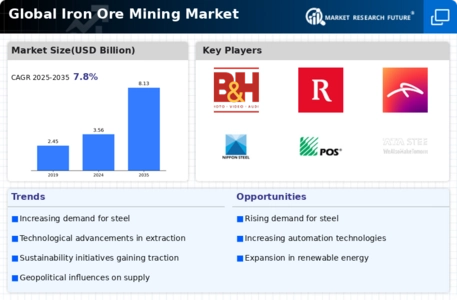
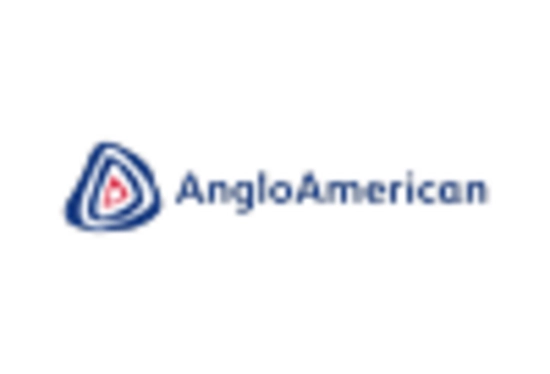
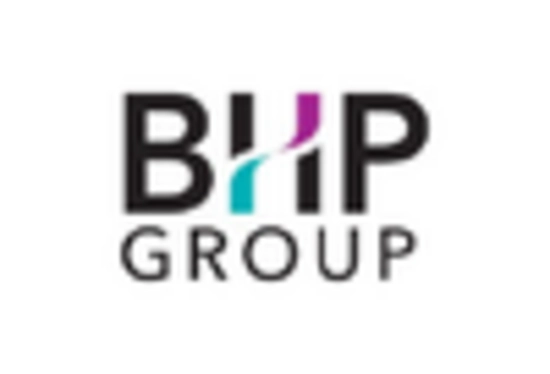
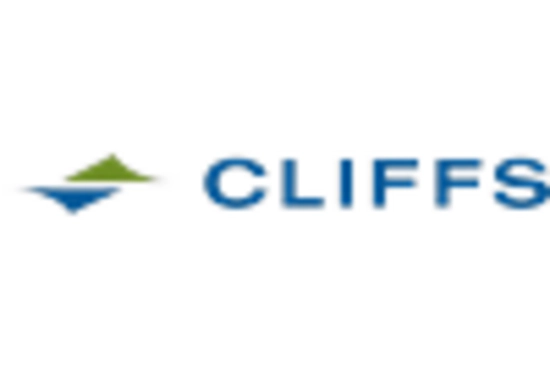
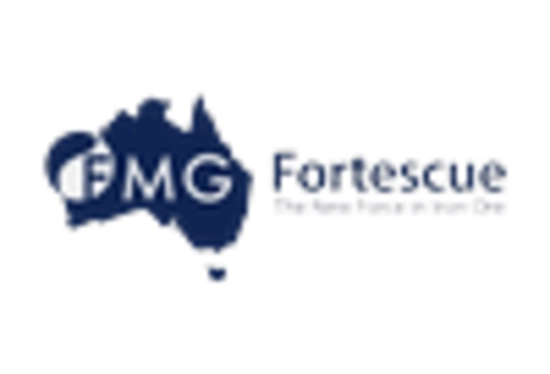
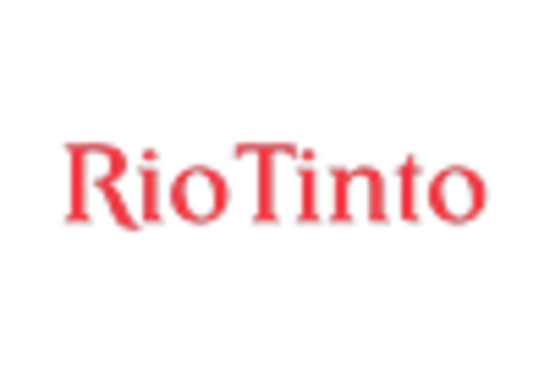
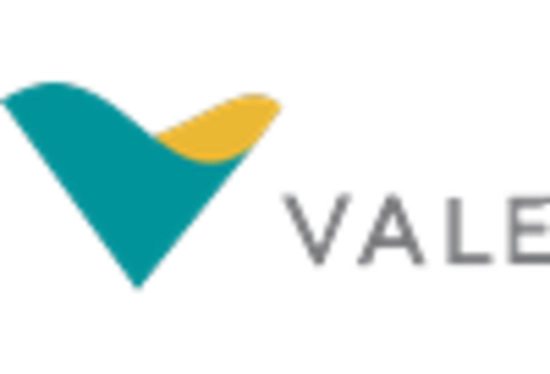









Leave a Comment